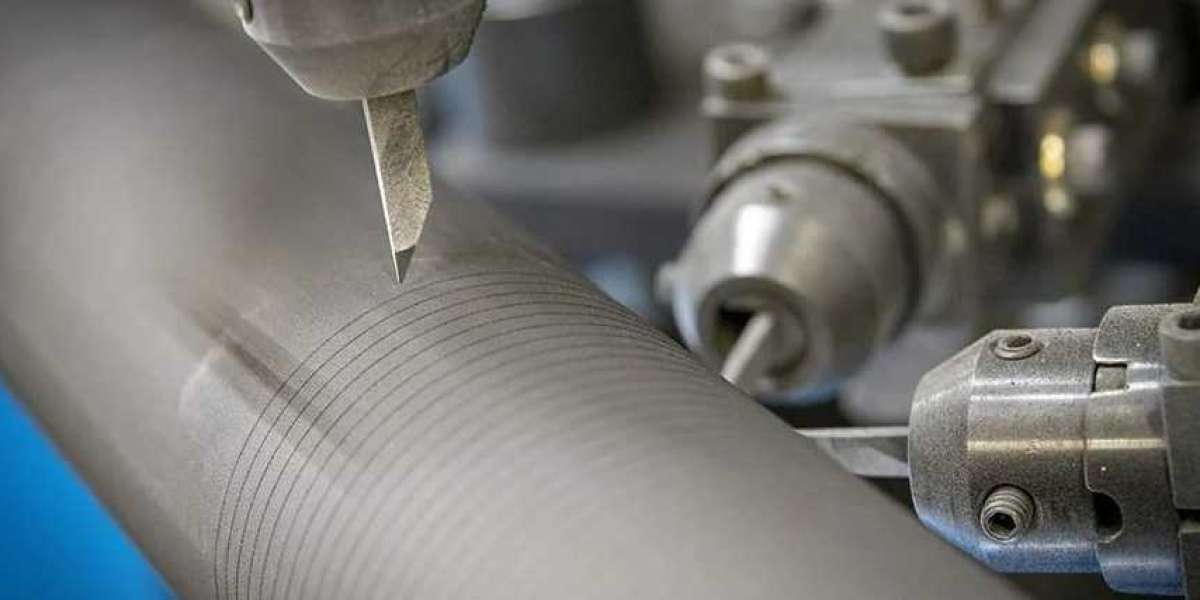Lathe cutting and splicing are essential processes in modern manufacturing, providing customized solutions for industries like automotive, aerospace, electronics, and more. Understanding these techniques helps businesses enhance their production efficiency, improve product quality, and meet specific design requirements.
What is Lathe Cutting?
Lathe cutting is a machining process in which a lathe, a rotating machine tool, is used to shape a workpiece into a desired form. The cutting tool is applied to the rotating material to remove excess material and achieve the correct shape, dimensions, and finish. The process can be applied to various materials, such as metals, plastics, and wood, to produce high-precision components used in industries ranging from construction to medical devices.
Types of Lathe Cuts:
- Facing: A lathe cut that produces a smooth, flat surface by removing material from the end of a workpiece.
- Turning: Removes material from the outside or inside of a cylinder to create a uniform diameter.
- Drilling: A lathe is used to create holes or bores into the material.
- Grooving: Produces narrow, deep cuts, often to create specific designs or slots.
- Thread Cutting: Used to produce screw threads.
The Role of Splicing in Manufacturing
Splicing is another crucial manufacturing technique used to join materials, particularly when working with flexible materials like rubber, wires, or cables. The splicing process involves cutting and connecting two ends to form a continuous piece that meets specific length and structural requirements.
Splicing is widely employed in industries like construction, telecommunications, and rubber production, where continuous, durable materials are needed for large-scale projects.
Types of Splicing:
- Mechanical Splicing: Using clamps or sleeves to join materials. Commonly used for cables, mechanical splicing ensures strong, durable connections.
- Heat Splicing: Uses heat to melt and fuse the ends of materials like rubber, creating a smooth, continuous piece.
- Adhesive Splicing: Involves the use of adhesives or bonding agents to securely join materials.
The Intersection of Lathe Cutting and Splicing
While lathe cutting shapes solid materials into precise components, splicing complements this by connecting those components when necessary. For instance, industries that require long, continuous lengths of a material (such as O-rings or seals) benefit from a combination of lathe cutting for shaping and splicing for forming continuous loops.
In the rubber industry, lathe-cut spliced O-rings are widely used. These are created by cutting rubber into the required circular shape using a lathe, followed by splicing the ends together to form a complete seal. This ensures high precision and material efficiency, especially for custom-sized components.
Key Benefits of Lathe Cuts and Splicing
- Customization: Both techniques offer the flexibility to produce components in various sizes and shapes, tailored to specific industry needs.
- Material Efficiency: Lathe cutting reduces waste by removing only the necessary material, while splicing allows manufacturers to create continuous lengths from smaller pieces.
- Precision and Accuracy: Lathe cuts are known for their ability to create uniform, highly accurate components, while splicing ensures the creation of seamless, durable connections.
- Cost-Effectiveness: Splicing allows manufacturers to use smaller materials and connect them as needed, reducing overall material costs.
Applications Across Industries
- Automotive: Manufacturing customized seals, O-rings, and gaskets.
- Aerospace: Producing high-precision components for aircraft parts.
- Construction: Creating custom pipes, joints, and fittings.
- Telecommunications: Splicing cables for long-distance connections.
Conclusion
Lathe cutting and splicing are fundamental to creating customized, high-precision components for various industries. Whether shaping materials through lathe cuts or joining them through splicing, these processes offer flexibility, efficiency, and cost savings that drive innovation in manufacturing. Understanding and mastering these techniques are essential for businesses seeking high-quality, durable products.
By leveraging both lathe cuts and splicing, manufacturers can ensure that their components meet exact specifications while optimizing resources and enhancing performance across multiple applications.







